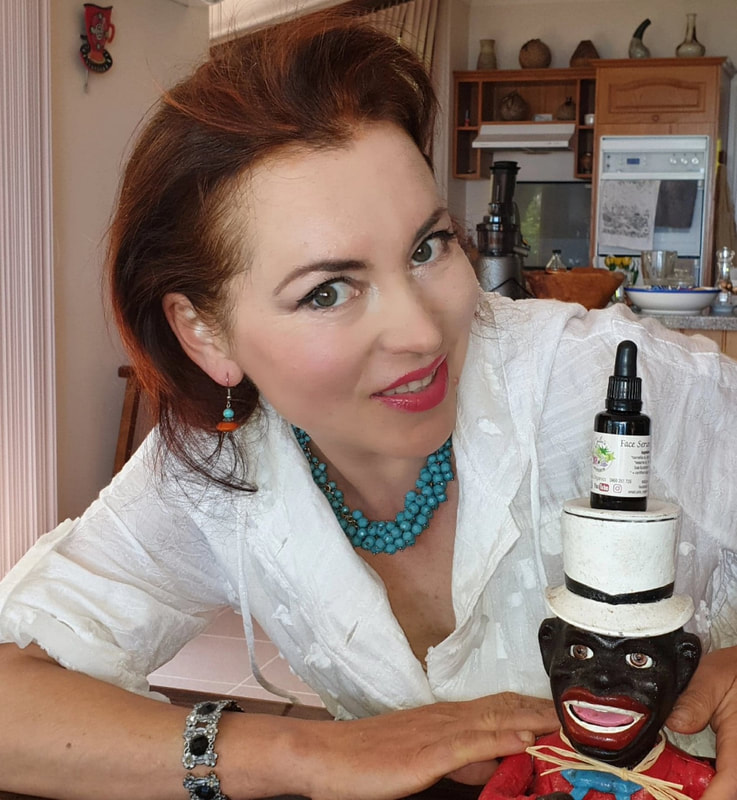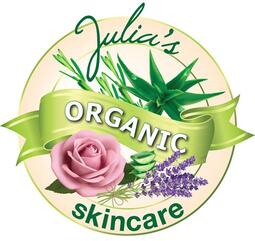|
Really, is there any difference?? Or its just another wave of fashion?
We are bombarded with organic cosmetic producers’ ads about superiority of their products, while their opponents are telling that all organic, including skin care is a myth. From a consumer point of view it’s all very confusing. I am proponent of organic style of life. I've been an organic person all my life. I have my own skin care range, that I am very passionate about and I am getting a lot of questions from people who just started to use organic cosmetic or want to start to use it. The usual questions are about:
Usually, mass market creams spread well and for the organic ones, you need some time to rub it into your skin. Why? Because the mass market creams (and also lotions, moisturizers) are made from petroleum (Petroleum jelly is a mixture of hydrocarbons, having a melting point usually within a few degrees of human body temperature, approximately 37°C) so this cream spreads quickly, but it is made from petroleum! Yes, from the same oil as gasoline and mineral oil in car engines! Organic cream is made from organic certified oils (e.g. rosehip, avocado, jojoba etc.) that people have been using in skin care for years. If you think that your skin is similar to an engine – use mass market cosmetics (and it spreads better). Velvet feeling (touch) Why do the mass market creams have a velvet touch and the organic ones don’t? Because the mass market creams (lotions, moisturizers) are often made with silicone, which helps to spread and gives a velvet feeling. Silicon can lead to allergic reaction, acne and eczema. Words as “dimethicone” or “methicone” indicate that silicon is present in your cream/shampoo. Organic cream doesn’t contain silicone. Instead it contains beeswax, which is a softening, nourishing and anti-ageing component but it slows down the cream’s absorbability. Shelf life Why does the mass market cream has 3 years’ shelf life and the organic just half a year? Because all mass market creams (lotions, moisturizers) are preserved by formaldehydes and parabens, but the organic creams contain only certified natural preservatives like gliceril caprylate. Formaldehyde is highly toxic to humans, animals and all leaving creatures, regardless of method of intake. People exposed to formaldehyde-releasing ingredients may develop a formaldehyde allergy. Parabens are dangerous to the endocrine system and also linked to cancer. They also can cause skin irritation, contact dermatitis and rosacea in individuals with paraben allergies. Studies indicate that methylparaben applied on the skin may react with UVB, leading to increased skin aging and DNA damage. Look up for the words “propylparaben”, “methylparaben”, “ethylparaben” and “butylparaben” in the list of ingredients if you want to avoid it. Organic preservatives like gliceril caprylate are usually used in cosmetics as skin-conditioning agents and can’t preserve cosmetics for longer than 6 months, but they are perfectly safe for human health. Why does the mass market shampoo produce more foam than the organic? Because all mass market shampoos are made with laureth sulphate. Like many other non-organic detergents, laureth sulphate is an irritant. It has also been shown that laureth sulphate causes eye or skin irritation in experiments conducted on animals and humans. Organic shampoo is made with glucosides that are derived from plants and do not irritate the skin but don’t produce much foam. So, what is the difference between the mass market and organic cosmetics? First of all – organic cosmetics are non-irritating, non-toxic and have minimal impact on nature. The mass market cosmetics are made from petro-chemistry, can cause various ailments. Big companies invest money to make cosmetics look and feel better and don’t worry about our health and/or sustainability. If you pay $20 for a jar with petrol-based components and a viscosity improver, you should understand that you pay just for the brand but not for the quality. And it is definitely not good for your health and skin. Remember, that everything that you apply to your skin is absorbed into your blood stream as if you'd eaten it. After all, the skin is a larger organ in your body. More than 80% of the price of every bottle are spent advertising expenses. The more you spend on the branded cosmetics, the more advertising you get in return! And, finally, who are the women that promotes most of skin – care ranges? 18 year old models with a tonnes of make up on their face or Hollywood actresses that have undergone numerous facial surgeries! Do the really they look like that because of the extensive use of Estee Lauder, L'Oreal, Nivea or whatever? Choose carefully!
0 Comments
Your comment will be posted after it is approved.
Leave a Reply. |
Archives
February 2020
Categories |
Julia Organic Copyright 2021 Website MapMyBusiness


 RSS Feed
RSS Feed



